It’s not uncommon to hear about the impact of humans on local ecosystems. However, have you ever thought about the impact that animals have on their homes? Continue reading below to learn what an ecosystem engineer is, as well as 9 species that fall into this category.
What Is an Ecosystem Engineer?
An ecosystem engineer is any species that creates physical changes in ecosystems that, as a result, have an impact on the availability of resources. These species can directly or indirectly alter the ecosystem and are often cited as responsible for creating or maintaining habitats.
9 Examples of Ecosystem Engineers
While the definition above may help provide an overall understanding of an ecosystem engineer, it may be hard to conceptualize. Below, meet 9 examples of ecosystem engineers and learn just how they alter their habitats.
1. Beavers
Beavers are likely one of the most well-known examples of an ecosystem engineer. They are known to create massive beneficial changes in their territories, impacting the entire ecosystem and its inhabitants.
First, beavers are known for cutting down trees. However, the method by which they do so is important. When a beaver saws down a tree, it doesn’t damage the root system. Instead, it engages in a practice known as coppicing. Coppicing involves cutting the tree at the base. In doing so, a small stump is left over. From this stump, new growths can emerge, sometimes involving several new, smaller trunks. Coppicing encourages healthy new growth, which means additional habitats and food sources for other species.
Beavers also have a large impact on the natural water sources in their areas. These tiny mammals use the trees they cut to build dams while also digging canals. This alters the way water sits in the ecosystem. During storms and heavy rain, a beaver’s dam will control the output of water, helping to prevent flooding. Their dams can also create small lakes and ponds, introducing viable water sources for drinking and creating habitats. This can also be beneficial in times of drought, as beaver dams and canals help maintain reliable water sources.
These dams are also a source of mechanical filtration. As water moves slowly through the dam, sediment and large debris are caught. As a result, the water experiences an increase in quality.

The beaver helps create drastic changes in the ecosystems.
©KamalaNPS/Shutterstock.com
2. Coral
Although it may seem surprising, coral is an animal! However, even if it wasn’t, ecosystem engineers can also be plants. Coral reefs act like a tropical forest system for the ocean. As they grow, they utilize calcium and carbonate ions found in seawater. This helps them to create their sturdy, bone-like skeletons.
Coral reefs are an essential part of an oceanic ecosystem. First, they provide shelter for smaller fish and aquatic organisms. These creatures can live in and around the coral, safe from large predators that cannot access the nooks and crannies of this underwater living forest. However, coral reefs also provide food sources, both for these smaller fish through algae and microorganisms and for the larger fish and animals through the small organisms that call the reefs home.
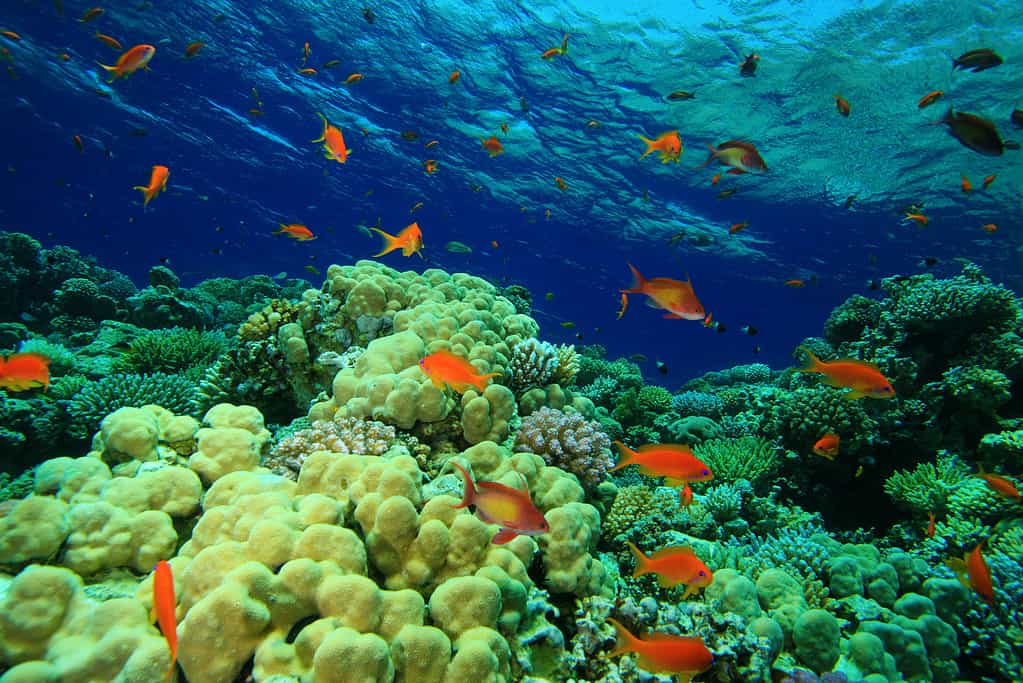
Coral reefs provide habitats and food sources for a variety of animals.
©richcarey/ via Getty Images
3. Gopher Tortoise
Although a gopher tortoise may be a larger reptile than what you’re used to seeing, they’re still an overall small animal compared to the amazing burrows they build. A gopher tortoise’s burrow can be as deep as 23 feet, while they may be crafted as long as 52 feet! With so much space, these burrows do more than just provide shelter for the gopher tortoise: they change ecosystems.
Believe it or not, the gopher tortoise is a keystone species. Many organisms have evolved to rely on this reptile’s tunnels for survival. A few examples of these species include the gopher frog, the gopher mouse, and the eastern indigo snake.
Aside from creating essential real estate for a variety of native species, gopher tortoises are also important in maintaining vegetation. While they are known for spending their time slowly moving about and browsing available plants, they are unable to digest the seeds. As a result, once the seeds pass through their digestive, they can regrow into new, healthy plants.
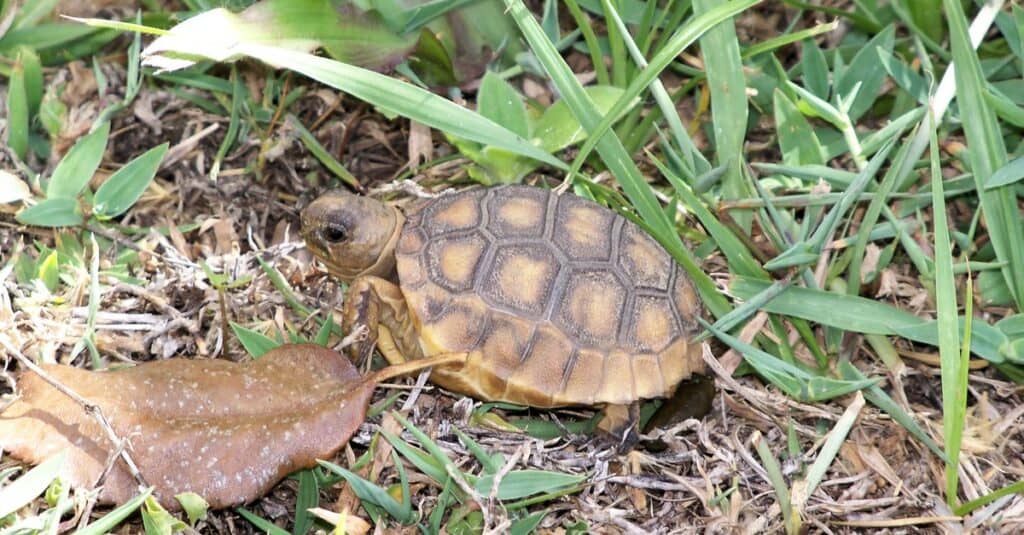
Gopher tortoises create burrows that act as homes for other animals.
©Norma Stamp at Sunny Daze/Shutterstock.com
4. Woodpeckers
Woodpeckers have a fairly large impact on trees. Between creating holes in pursuit of prey and excavating cavities to nest in, it may seem like woodpeckers are doing more harm than good for the ecosystem. However, surprisingly enough, that’s just not the case.
The holes that woodpeckers create are often forgotten. Even those used in nesting are often only occupied for the season before being abandoned. As a result of this, they create a variety of small homes suitable for other species. Many of these include other bird species, such as owls, ducks, and swifts. Even bats may choose to make these holes into homes!
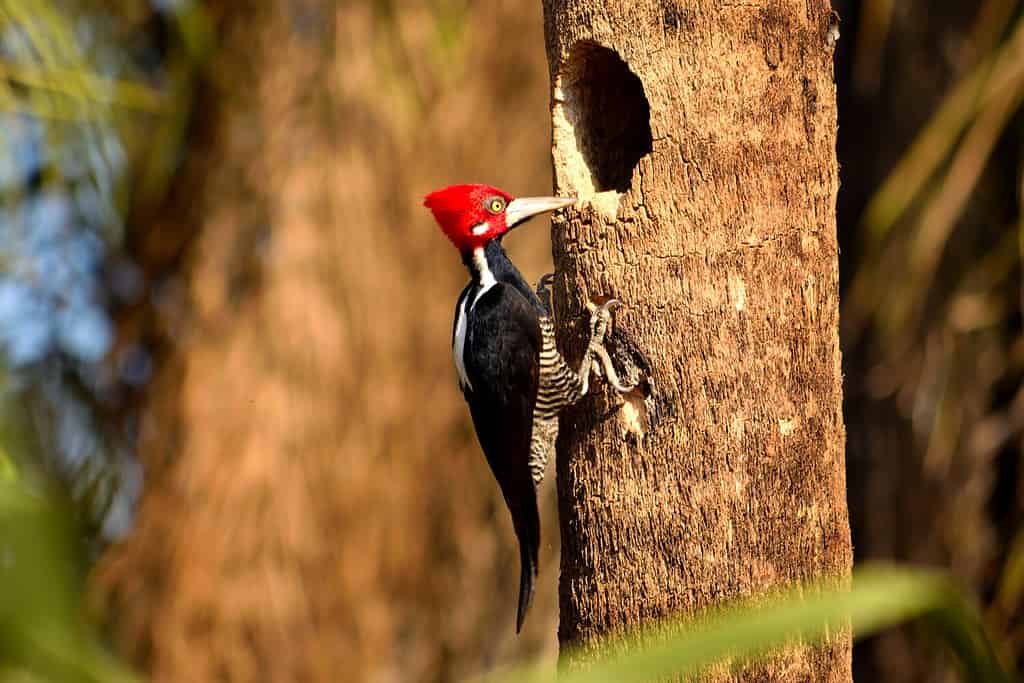
The woodpecker is a widely distributed ecosystem engineer.
©silentstock639/Shutterstock.com
5. Prairie Dogs
Prairie dogs are ecosystem engineers who function in a way quite similar to that of the gopher tortoise. These small mammals create intricate underground tunnels that house their coteries. A coterie typically includes a single male, several females, and their young offspring. However, the burrow systems, especially if no longer housing prairie dogs, may be used by other species. This includes rattlesnakes.
Like gopher tortoises, prairie dogs also help maintain healthy vegetation within the habitat.

Like gopher tortoises, prairie dogs create beneficial burrows.
©Henk Bentlage/iStock via Getty Images
6. Elephants
Thus far, more ecosystem engineers have been small animals. However, the world’s largest land animal also happens to be an example of an ecosystem engineer. And, thanks to their large size, they’re able to have equally large impacts.
While ecosystem engineers like gopher tortoises and prairie dogs work more by creating habitats and maintaining food sources for other organisms, elephants work in a way more similar to that of beavers. When elephants wander and browse for food, they’re known to sculpt the landscape. This is done by pushing over or uprooting trees. Once on the ground, these trees will begin to decompose.
The decomposition process is an important one, especially when dealing with trees. As the trees decay, they return vital nutrients to the ecosystem. However, they also provide housing for small animals, including mammals and insects.
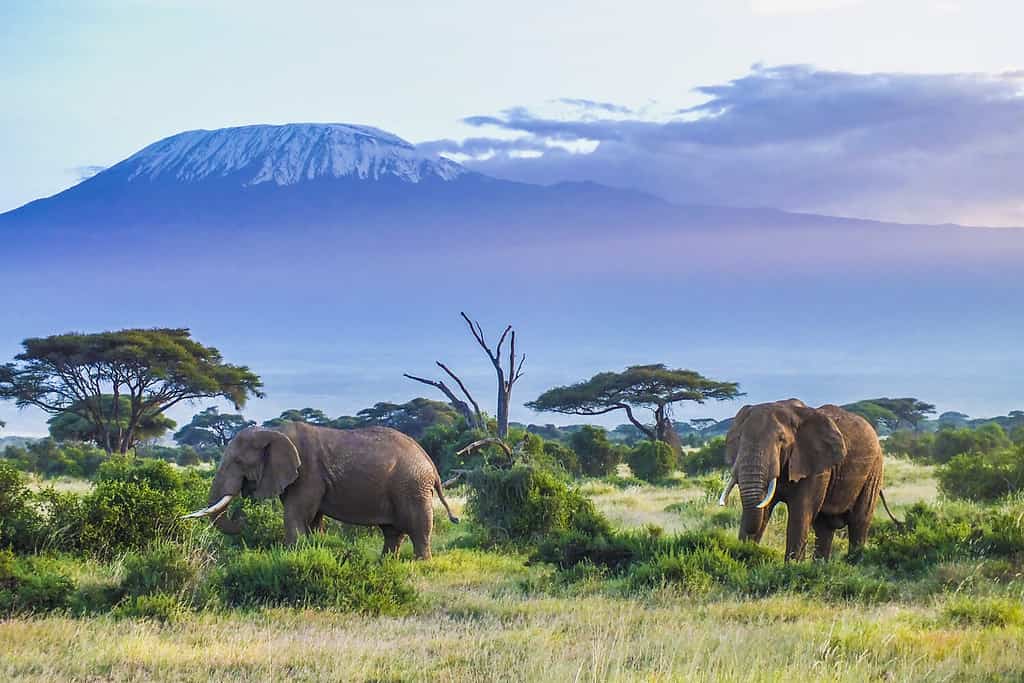
Elephants can have large impacts on the landscapes around them.
©HordynskiPhotography/Shutterstock.com
7. Red Groupers
The red grouper is the first fish to make its way onto this list of ecosystem engineers. Although they may not be your first thought when thinking of animals that sculpt ecosystems, they do so in a surprising way.
Young groupers are known for removing the sand that fills hidden holes within the seabed. With this new space created, other species, including coral, are able to establish residency.

Young red groupers unveil hidden holes in the seabed that can act as homes for small animals.
©iStock.com/dombrowski
8. Foxes
Both red foxes and arctic foxes are essential to creating environments rich in lush vegetation, especially in tundra habitats. These species create areas of concentrated growth near their dens. This is because, in an otherwise nutrient-scarce landscape, their behavior and lifestyles introduce nutrients in confined areas.
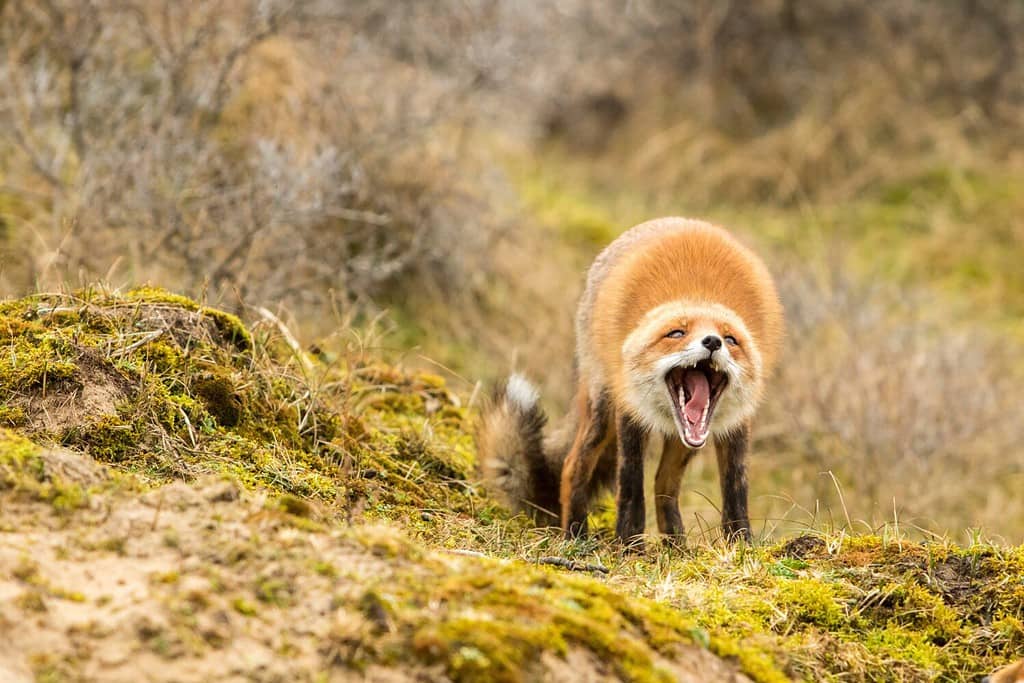
Both red foxes and arctic foxes can act as ecosystem engineers.
©AngelaLouwe/Shutterstock.com
9. Eastern Bettong
The eastern bettong is a member of the rat-kangaroo family. They are found in southeastern Australia and Tasmania. Despite being a near-threatened species, as of current research, their population is steady.
With their small stature, it may be hard to believe that the eastern bettong is capable of causing any large impact on an ecosystem. However, some research suggests that many of the old-growth forests on the continent can thank the eastern bettong for their growth.
This is because the eastern bettong eats truffles. In order to find these tiny morsels, they, like pigs, turn over the soil. This natural toiling method helps create soil that best supports the germination of forest plants, including trees. During this process, they will also mix fallen leaves into the soil. This helps reduce the risk of out-of-control wildflowers.
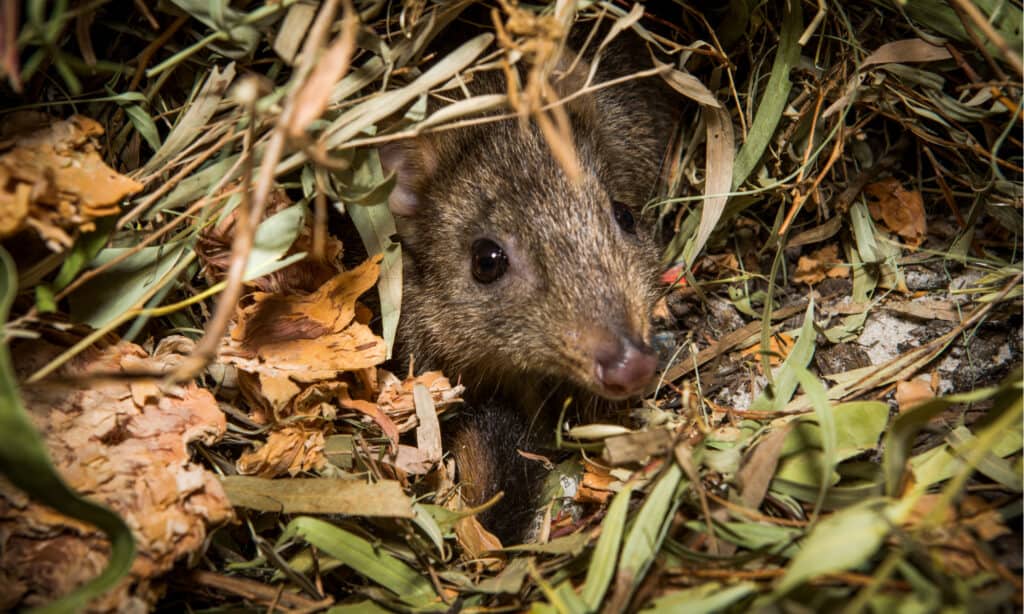
Bettongs help keep woodlands healthy.
©GPT Photography/Shutterstock.com
The photo featured at the top of this post is © Richard Seeley/Shutterstock.com
Thank you for reading! Have some feedback for us? Contact the AZ Animals editorial team.







